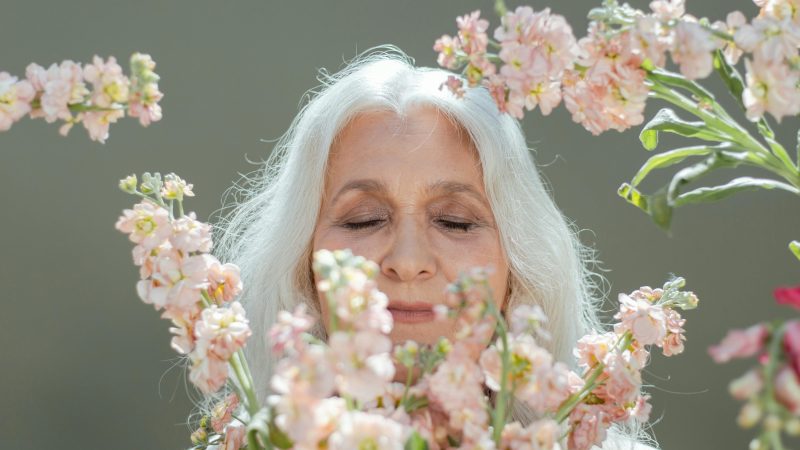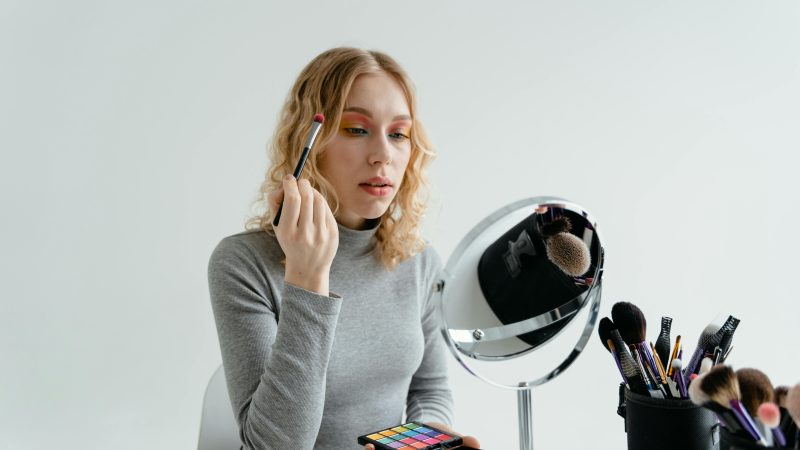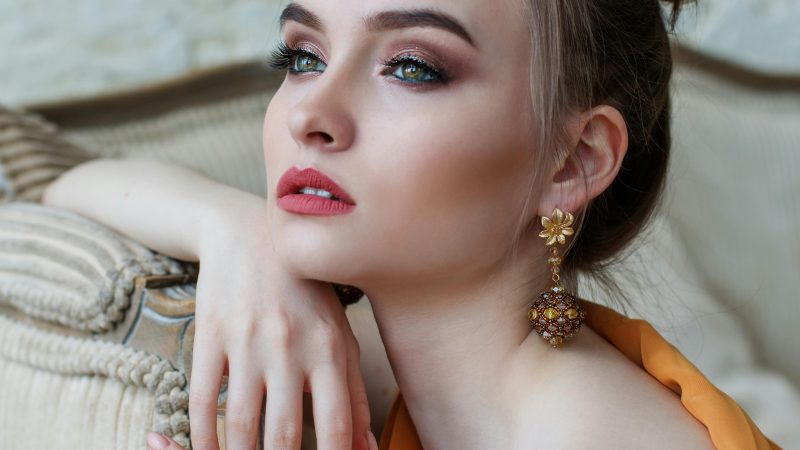Tones Color Theory in Makeup: Understanding How to Complement Your Skin Tone”

Tones
Color theory plays a fundamental role in the world of makeup, guiding the choices we make in selecting shades that enhance our natural beauty and complement our unique features. Whether choosing foundation, makeup, blush, or lipstick, understanding how different hues interact with our skin tone is essential for achieving harmonious and flattering makeup looks. In this article, we’ll delve into the principles of color tones theory in makeup.
Understanding Skin Undertones:
Before delving into color theory.it’s crucial to understand the concept of skin undertones. Skin undertones are the subtle hues beneath the surface of the skin that influence how colors appear against the complexion.
-
Warm undertones:
- Skin with warm undertones typically has hints of yellow, peach, or golden tones. Veins on the wrist may appear greenish. Warm undertones tend to complement shades with golden or peachy undertones.
-
cool undertones:
- Skin with cool undertones often has hints of pink, red, or blue tones. Veins on the wrist may appear bluish. Cool undertones tend to complement shades with blue or pink undertones.
-
Neutral undertones:
- Skin with neutral undertones has a balanced mix of warm and cool tones. Veins on the wrist may appear bluish-green or a combination of green and blue. Choosing Foundation:
For those with warm undertones .opt for foundations with yellow or golden undertones. For cool undertones, choose foundations with pink or neutral undertones. Those with neutral undertones have the flexibility to wear foundations with a variety of undertones.
Selecting Eyeshadows:
When choosing eyeshadows, consider your skin tone and eye color. Warm-toned eyeshadows, such as bronze, copper, and warm browns, tend to complement those with warm undertones. Cool-toned eyeshadows, such as taupe, gray, and icy blues, work well for those with cool undertones
Blush and Bronzer Selection:
Blush and bronzer add warmth and dimension to the complexion. For those with warm undertones, opt for blushes and bronzers with peachy or coral tones. Cool-toned individuals may gravitate towards blushes and bronzers with pink or mauve hues. Neutral tones can experiment with a wide range of blush and bronzer shades.
Choosing Lipstick:
Lipstick is a versatile makeup product that can enhance the overall makeup look. Warm-toned individuals may prefer lipsticks with peach, coral, or warm red undertones. Cool-toned individuals may gravitate towards lipsticks with blue-based reds, berry hues, or mauves. Neutral tones can experiment with a variety of lipstick shades, from nude to bold.
Experiment and Have Fun:
While understanding color theory is essential, makeup is ultimately a form of self-expression and creativity. Don’t be afraid to experiment with different colors and textures to find what works best for you. Play with complementary and contrasting colors tones to create unique and personalized makeup looks that reflect your personality and style.
Conclusion:
Understanding color theory in makeup is a valuable tool for selecting shades that complement your skin tones and enhance your natural beauty. By identifying your skin undertones and choosing makeup products that harmonize with them, you can create flattering and cohesive makeup looks that highlight your best features.






